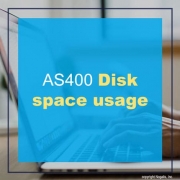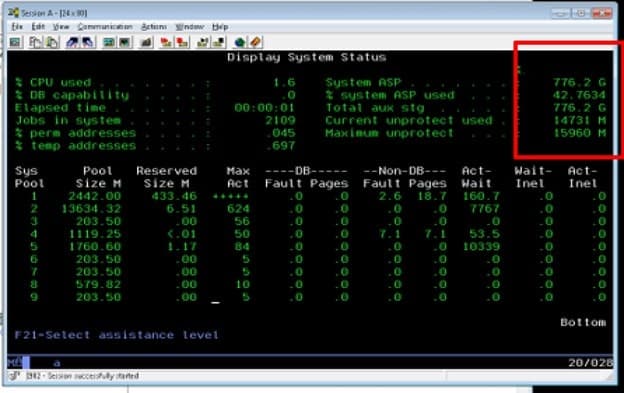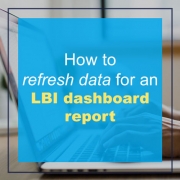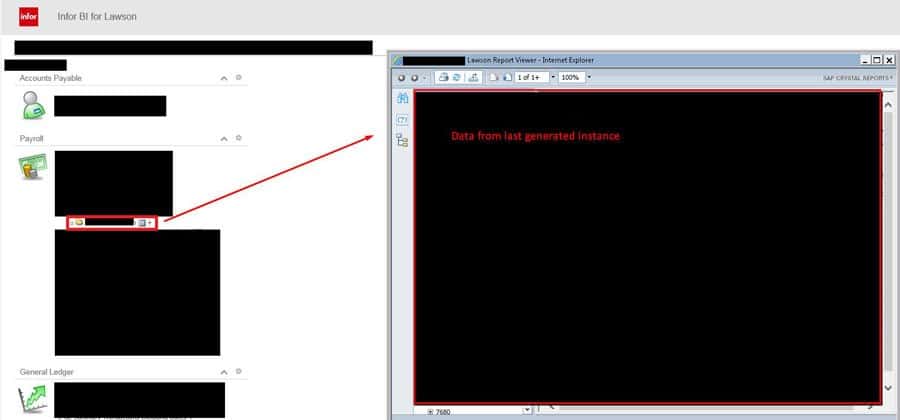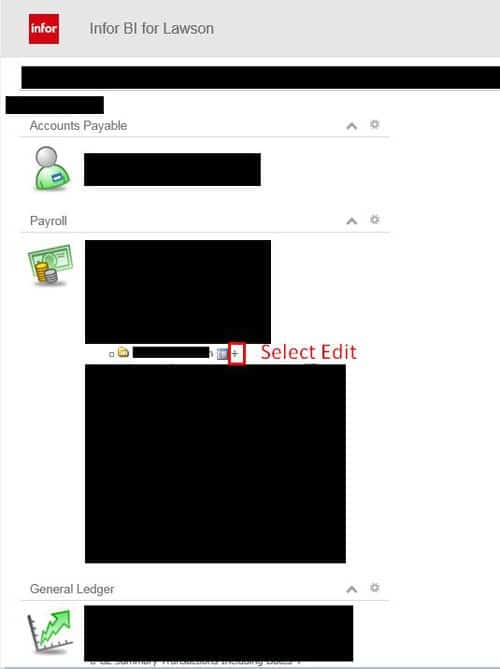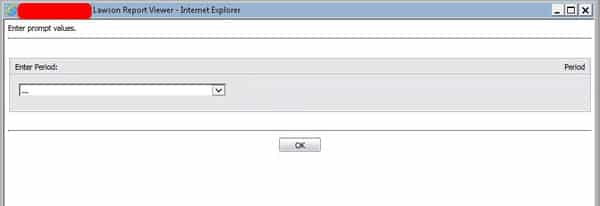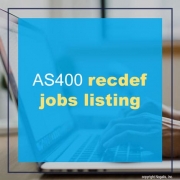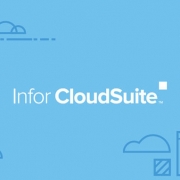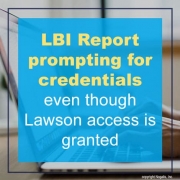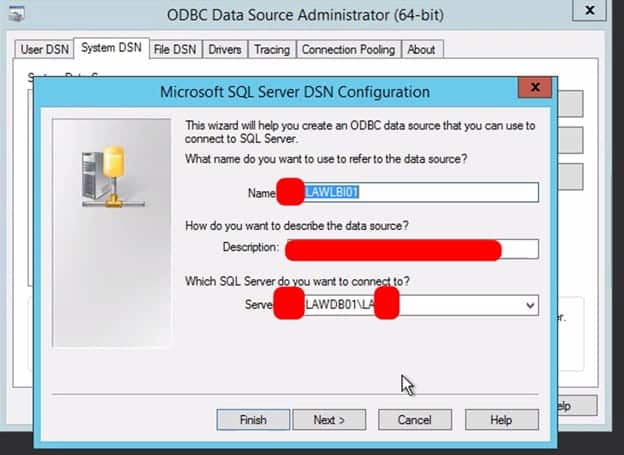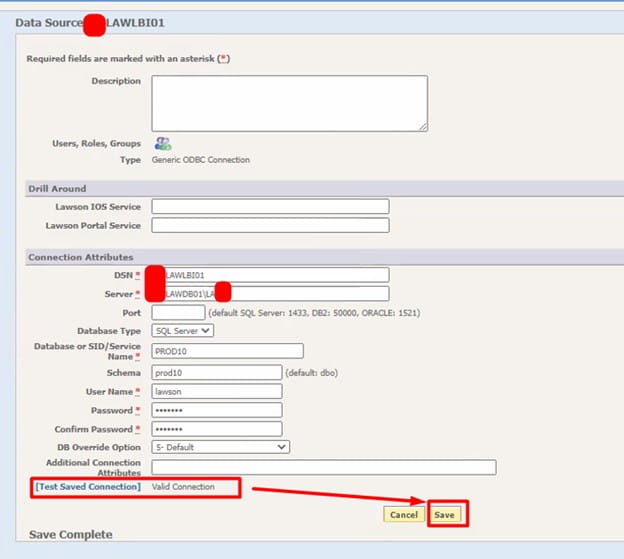Staying on top of the latest enterprise resource planning (ERP) strategies and trends are business-critical, especially for your IT team. While implementing an ERP system is a project itself, once sucessfully done, the possibilities to improve your business are endless. While customer behavior and digital advancements are everchanging, so is your ERP system’s capabilities. Yashvendra Singh, regional executive editor for India and Southeast Asia, shares an article on CIO.com about how the ERP category is evolving as an enterprise-wide solution and how the the following trends will impact IT leaders.
Customization gives way to standardization. “The traditional practice of enterprise technology leaders customizing an ERP solution to meet their specific enterprise or business needs is giving way to implementing an off-the-shelf solution. A key driver for this is the steep resource cost in keeping customized implementations apace with the latest features. — a cost many CIOs forgo in favor of stagnancy, at the risk of falling behind.”
Best-of-breed solutions overtake the enterprise-wide approach. “Earlier CIOs used to deploy an ERP solution and gradually extend it to the various strategic business units across the enterprise. However, rapid digitization and the SaaS revolution are pushing IT decision-makers to adopt a different approach.”
Integration takes center stage. “With the emergence of next-generation technologies such as IoT, analytics, and AI, enterprises are looking to gain business advantages from them. Taking a cue, leading ERP vendors are aligning with this trend by integrating their solutions with such emerging technologies, and IT leaders are following suit.”
The rise of industry-specific solutions. “Given the diverse needs of each vertical, a one-size-fits-all approach is failing to meet the expectations of business and technology leaders. This is giving rise to ERP platforms that offer functionalities catering to specific business verticals.”
The move to cloud. “Enterprise technology leaders are replacing their legacy, on-premises ERP solutions by switching to the cloud. While the advantages of leveraging cloud were already acknowledged, the pandemic further highlighted its value as it enabled employees to work from anywhere. Gartner defines the market for cloud ERP as a market for application technology. According to the technological research and consulting firm, within addressable market segments, enterprise IT spending on public cloud will overtake spending on traditional IT in 2025. It predicts that almost two-thirds (65.9%) of spending on application software will be directed toward cloud technologies in 2025, up from 57.7% in 2022.”
Singh concludes that it is imperative for your CIO to stay on top of the latest trends in order to relay it to your IT team and make for smarter business decisions.
For Full Article, Click Here

